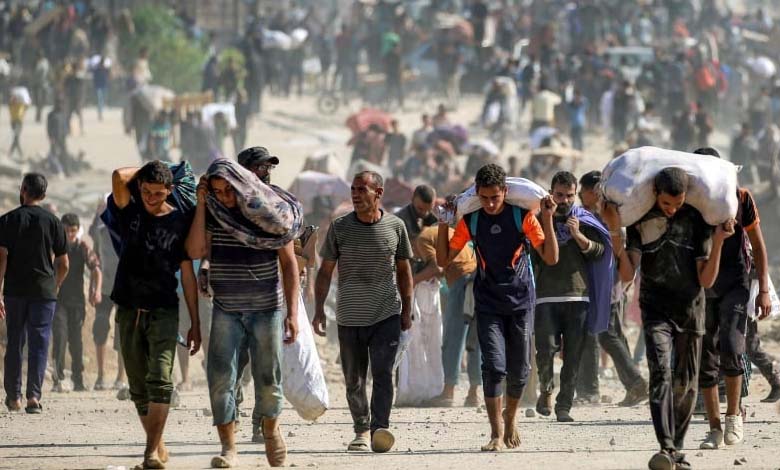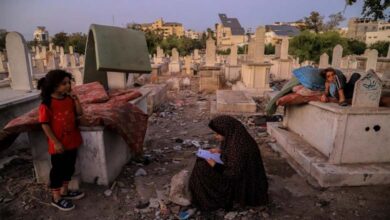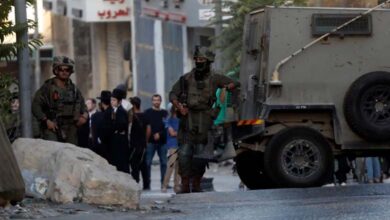Gaza Residents Back Trump’s Plan and Shout at Hamas: Enough

Despair and hope are intertwined in the Gaza Strip, where people await an end to a war that has left its mark on every home and street.
Two years after the conflict ignited by Hamas’s October 7, 2023 attack, Gaza’s residents face a new opportunity for peace following a recent U.S. ceasefire proposal. But anticipation is laced with anxiety: will Hamas accept what could end their ongoing suffering?
Interviews conducted by The New York Times reflect broad popular support for the plan and sum up the local message to Hamas in one word: “Enough.”
After nearly two years of war that devastated the territory and claimed more than 65,000 lives, many Gazans see the U.S. offer as a rare ray of hope. Donald Trump unveiled the plan during a meeting at the White House with Israeli Prime Minister Benjamin Netanyahu, warning that if Hamas refuses the terms, he would give Israel the green light to “complete the mission” of dismantling the armed group.
Hamas has not yet issued a formal response. Nevertheless, on‑the‑ground interviews show widespread public backing for the proposal.
“Enough is enough”
Many say the U.S. ceasefire proposal is their best chance at peace—if only Hamas would accept it. Mahmoud Bulbul, 43, a builder who stayed in his ruined home with six children, says: “Hamas must agree to this offer—we have already been through hell.” He adds that if Hamas rejects the proposal, his family will finally leave Gaza City for what he hopes will be a relatively safer area in the south.
“Most Gaza residents are not members of the movement,” he emphasizes, asking, “So why are they dragging us into this?”
What does the plan include?
The proposal requires Hamas to release all remaining hostages taken during the October 7, 2023 attack within 72 hours of the agreement’s entry into force—an estimated 20 people believed to be alive and the remains of roughly 25 others. In exchange, Israel would free some 250 Palestinian prisoners serving life sentences, 1,700 additional Gaza detainees arrested during the war, and return the remains of 15 Palestinian detainees for every Israeli body returned.
However, the proposal contains elements Hamas has deemed unacceptable: prohibiting the movement from exercising any future authority in Gaza, its disarmament, and the establishment of a transitional government overseen by foreign officials, including Trump and former British Prime Minister Tony Blair.
Skepticism and lived experience
While some view the announcement as a rare glimmer of hope, others remain skeptical. Several interviewees said the plan’s conditions made them doubt Hamas would accept. Others voiced a deeper bitterness: they simply do not believe Hamas will place the Palestinian people’s interests above its own.
Nasaim Moqatta, 30, who fled Gaza City to the south with her young daughter, says: “We are dying in vain, and no one cares about us. Hamas must think of us more and what we have endured.”
Abdel Halim Awad, 57, who runs a bakery in Deir al‑Balah, says he would accept “almost anything” to end the war, but he doubts Hamas feels the same urgency: “They don’t care what people think or public opinion. If they did, we wouldn’t be in this situation.”
In Khan Younis, Mahmoud Abu Matar, 35, hoped the United States would force the agreement on both sides “as a fait accompli.” He said the war forced him to move ten times across northern Gaza with his wife and three children before they fled south for the first time. He expressed disgust with Hamas’s negotiating delegation, saying they “sit in air‑conditioned rooms. They’re not the ones who live in the sand, walk half an hour to fetch water or search for a sack of flour and get killed.”












